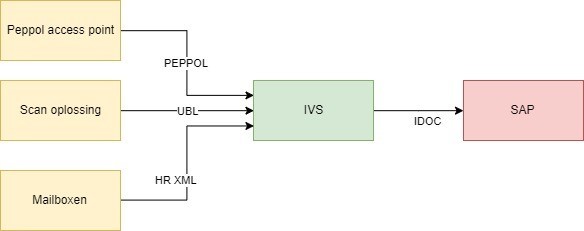
Electronic invoice processing can take many forms: the number of xml formats for invoicing - think UBL 2.0, Peppol and HR-xml - is almost incalculable. And then each form also has its own requirements for an invoice. This often leads to problems with further processing in the invoice handling process. How do you solve this?
The advent of the so-called Pan-European Public Procurement OnLine(Peppol) in 2008 marked a new step in sending and receiving invoices digitally. As a result, more and more companies and institutions are experiencing the convenience of electronic invoicing.
Through the Peppol network, member organizations can exchange business documents and files digitally, for example, invoices. These invoices must then have a certain digital format, xml. And by now the number of xml formats for invoicing is almost incalculable, think UBL 2.0 and Peppol, HR-xml.
Import problems
We see in practice that importing and processing all these different xml formats of documents in the financial software package or ERP causes problems in many cases. This is because not every format is supported and a conversion to the correct format cannot be made so easily.
You can solve this by converting xml invoices to a single output format. This output xml file (including invoice image) can then be sent directly to your financial system and perhaps even imported automatically by using, for example, an API Web service in the financial system.
Example: direct interfacing with SAP
Since this is a rather technical matter, I will explain it using an example. The schematic shows how different xml formats can be converted to the standard SAP xml format for invoice documents, namely Idoc xml format. For this, ICreative deploys its own validation service (IVS) to convert multiple xml invoice formats to one output format.
So in this scenario, there are multiple input sources and the backend is SAP ERP. So ICreative uses its validation service in this case as a conversion tool that converts multiple, different input formats into one output format. In the example, the input is in UBL or Peppol xml format and the output is in Idoc xml format. In addition to the Idoc format for SAP, this can of course be done with other output formats, such as Teapps and cxml.

Quality improvement
In addition, to improve the quality of incoming invoices, a variety of validations can be performed before they enter the backend system. More on that can be found on the page about improving data quality.







